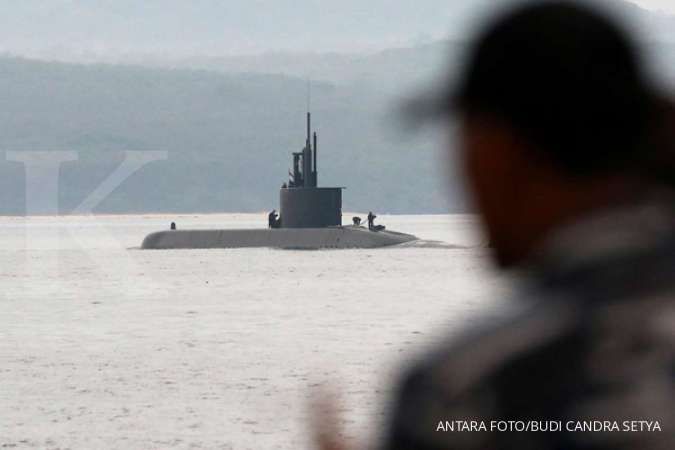- Thread Starter Thread Starter
- #21
Post 3 of 3
23. But thus far, no real news of a serious attempt to make this class of ship a warship by any of these 3 ASEAN navies. Once any of the other 2 ASEAN navies does the weapons integration properly, there will be pressure on the Philippines to do the logical.
25. The Gregorio del Pillar Class frigates need time in the yard to install the AN/SPS-77 Sea Giraffe AMB 3D air/surface search radar (given by the US), for basic maintenance and a PHP1.5 billion upgrade to enhance the ships' combat management systems, electronic support and sonar capability.
26. To expand on what I posted earlier, the Tarlac class needs to be fitted with:
22. I would hope that either Myanmar or Indonesia would show the way forward in properly arming the Makassar-class/Tarlac-class LPD and having these weapons controlled by a CMS along with a military grade radar (no matter how low end).And about point 14 and 16, the Tarlac Class is designed to be equipped with the Oto Melara 76 mm gun and some secondary 25 mm guns and machine guns.
(i) In contrast, the first Peruvian Νavy Makassar-class landing platform dock, BAP Pisco (AMP-156) that was commissioned on 6 June 2018 is much more capable than the Tarlac class! The ship is armed with a OTO Breda Twin 40mm gun mount (removed from the cruiser Almirante Grau), two Rafael Typhoon 30mm remote weapon stations (RWS) and four Rafael Mini Typhoon 12.7mm remote-controlled units. The ship can accommodate 157 crew members, including 14 officers and air group personnel, as well as up to 400 marines. It can carry 636t of fuel, 600t of fresh water, 360m³ of dry cargo and 136m³ of food. It can also integrate mission-specific modules such as containerised hospital and surgical units.
(ii) The two Peru ships in the class were designed by South Korea’s Daewoo Shipbuilding and Marine Engineering (DSME) in collaboration with the Peruvian state-owned shipyard SIMA. DSME also built 1 for Myanmar and provided the base design for Indonesia. Indonesian shipbuilder PT PAL subsequently built two vessels for the PN as the Tarlac-class.
23. But thus far, no real news of a serious attempt to make this class of ship a warship by any of these 3 ASEAN navies. Once any of the other 2 ASEAN navies does the weapons integration properly, there will be pressure on the Philippines to do the logical.
24. I think the Pinoys need more than guns. The PN also cannot maintain second hand Phalanxes, so let us not go down this rabbit hole.But like most other vessels of the PN, its FFBNW, an almost empty vessel.
You can almost say that the PN is nothing more than a FFBNW-navy.
I just wonder why the Philippines do not order some second hand Phalanxes from the US for their Gregorio del Pillar Class frigates.
25. The Gregorio del Pillar Class frigates need time in the yard to install the AN/SPS-77 Sea Giraffe AMB 3D air/surface search radar (given by the US), for basic maintenance and a PHP1.5 billion upgrade to enhance the ships' combat management systems, electronic support and sonar capability.
26. To expand on what I posted earlier, the Tarlac class needs to be fitted with:
(a) at least an ELTA EL/M-2228(X) radar or such other more capable system. Keeping in mind that the ELTA EL/M-2228(X) Radar was in the past was paired with Simbad twin missile launcher for the Mistral missile; an ESM system, including a sub-system like the NS 9010C radar warning receiver; and fixed chaff/decoy launchers.
(b) an Aircraft Ship Integrated Secure and Traverse (ASIST) system making the LPDs capable of carrying out helicopter operations both in the day and at night under high sea state conditions. Without ASSIST, helicopter operations are more time consuming and dangerous. Further, most Philippine military helicopters are not shielded against strong electronic interference and the LPD’s main radar would have to be shut down during helicopter operations.
BZ to the Indian Navy.Edit:
An update about the BRP Ramon Alcaraz.

Philippines Navy Chief expresses gratitude to Indian Navy Chief for repairing ship damaged by fire
Philippines Navy Chief Giovanni Carlo J. Bacordo has expressed gratitude to the Indian Navy for its "invaluable assistance" for helping out one of its navy ship after a fire broke out in engine room which injured two Philippines navy personnel. Fire had broken in Philippines' ship BRP Ramon...www.wionews.com

